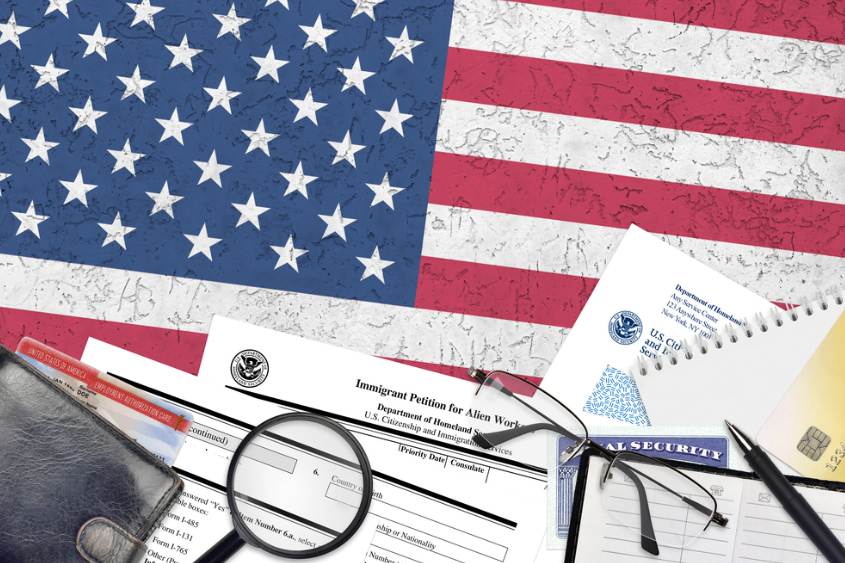The “Tax Gap” is the difference between the tax owed by all taxpayers for a given ear and the amount that is actually paid, on time, for that same year. The Tax Gap has three primary components:
- non-filing (the tax not timely paid by those who do not timely file the required returns),
- underreporting (the net understatement of tax on timely filed returns), and
- underpayment (the amount of tax reported on timely filed returns that is not timely paid).
Why the Gap?
The most recent Tax Gap data was released in 2019 and it was for tax years 2011-2013. The total unpaid tax or “Gross Tax Gap” was $441 billion. That means that $441 billion dollars was voluntarily or intentionally unpaid. While some taxpayers eventually pay voluntarily, the IRS also pursues people who do not file, underreport or underpay through audits, litigation and other enforcement activities. The expectation is that the IRS will eventually collect approximately $60 billion of the Gross Tax Gap, leaving an “Net Tax Gap” of approximately $381 billion.
Either through voluntary payments or enforcement actions, the IRS will collect only 14% of the Gross Tax Gap from 2011-2013. That means that 86% will go uncollected. But this number only concerns the collection rates for those that did not file, underreported or underpaid. By comparison, there have been several IRS studies which have looked at the overall compliance rate. The overall compliance rate has been consistently in the 82% to 84% range. Meaning that 82% to 84% of us properly report, timely file, and timely pay our taxes.
A major contributor to the Tax Gap is the underreporting of business income by individual taxpayers (income of sole proprietors, farmers and those earning rental, royalty, partnership, and S Corporation income). About 60% of the Tax Gap comes from underreporting of income, including business income, on individual tax returns. Another 36% of federal income taxes unpaid are owed by the top 1%. There are two issues which disproportionately contribute to the tax gap by the top 1%: (1) unreported offshore income, and (2) concealment of income through the use of pass-through entities (partnerships and tiered partnership arrangements often coupled with S corporations, private foundations and foreign entities).
To address the problem, the IRS and the Biden administration are focusing on the following changes:
- Enforcement will focus more intently on high wealth noncompliance. Including greater scrutiny of pass-through businesses; more comprehensive audits, such as those conducted in the IRS Global High Wealth program; more thorough litigation of tax disputes; new regs to clarify that certain activities are noncompliant; and programs to encourage whistleblowing.
- The Biden administration is expected to propose an $80 billion funding boost for the IRS over the next decade, aiming to strengthen tax enforcement with respect to high earners and large corporations.
- Legislative changes including: (1) expanding electronic filing for returns, (2) expanding the scope of information returns, (3) require early filing and electronic submission of information returns, (4) require withholding on certain Form 1099 income, (5) Providing IRS with greater flexibility to correct errors, (6) simplifying worker classification rules, and (7) making repeated willful failure to file a tax return a felony.










